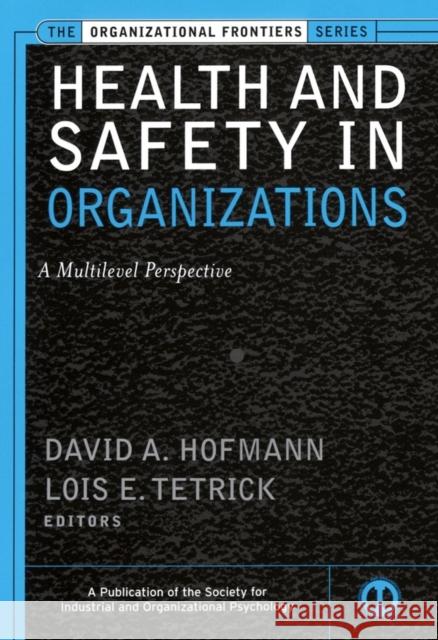Health and Safety in Organizations: A Multilevel Perspective » książka
Health and Safety in Organizations: A Multilevel Perspective
ISBN-13: 9780787958466 / Angielski / Twarda / 2003 / 464 str.
Health has often been defined as the absence of illness and as the state of well-being. This definition, however, actually constitutes two different criteria: the absence of illness and the presence of health. For example, a person may not have any signs of illness but may still have a cholesterol level that is too high. When thinking about healthy organizations, we often make the same distinction. A healthy organization, for example, is not only free from illness and doesn't harm employees but also possesses the presence of health as exemplified by its long-term adaptability and ability to thrive. This book considers this broader definition of health and safety in organizations--one that encompasses both the absence of illness as well as the presence of health--and the implications it has for industrial/organizational psychology and human resources. A distinguished group of contributors provides a review and integration of different lines of research focusing on health and safety in organizations, including a broad array of topics ranging from the role of individual differences and training to human resource management strategy. They explore cross-level theoretical linkages between aspects of health and safety at the individual, group, and organizational level. These discussions examine the linkages between individual health and certain aspects of the overall health of the organization, as well as how certain aspects of organizations can influence individual health and well-being.











